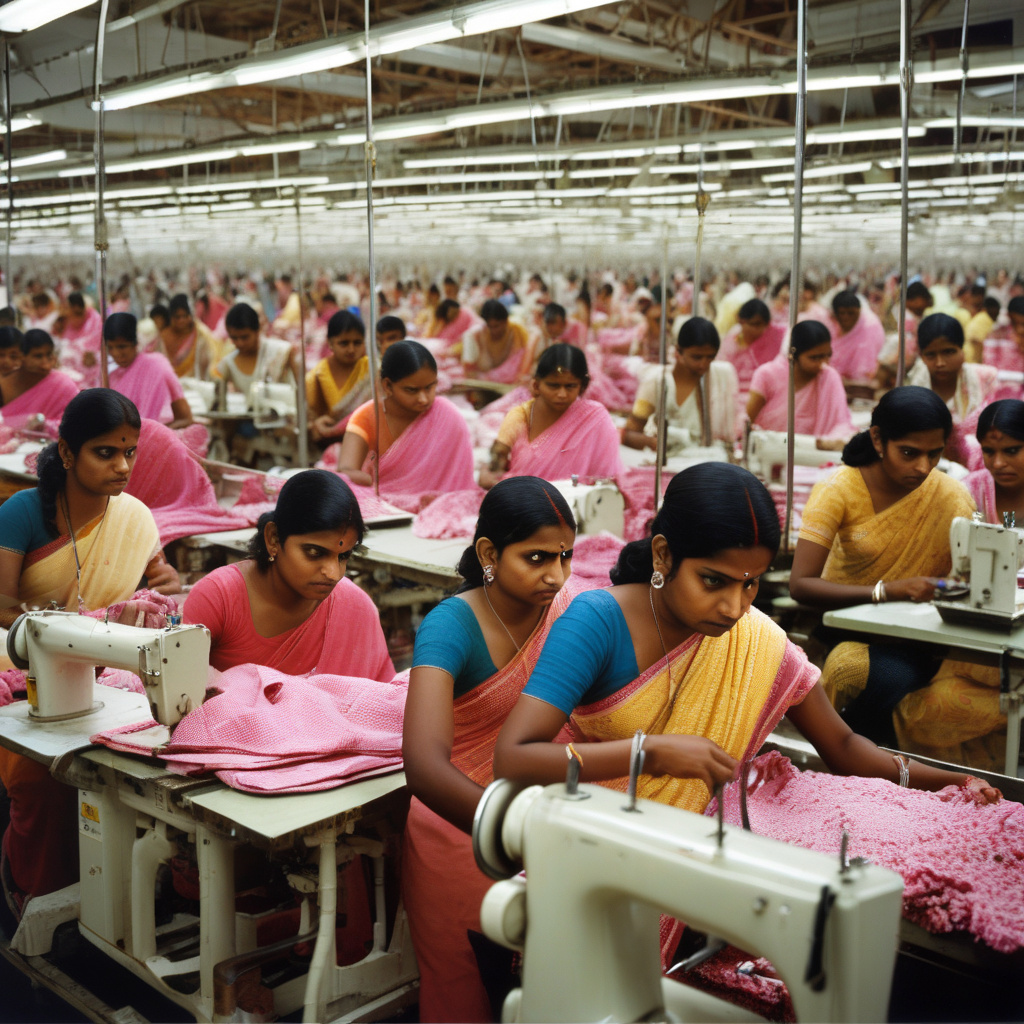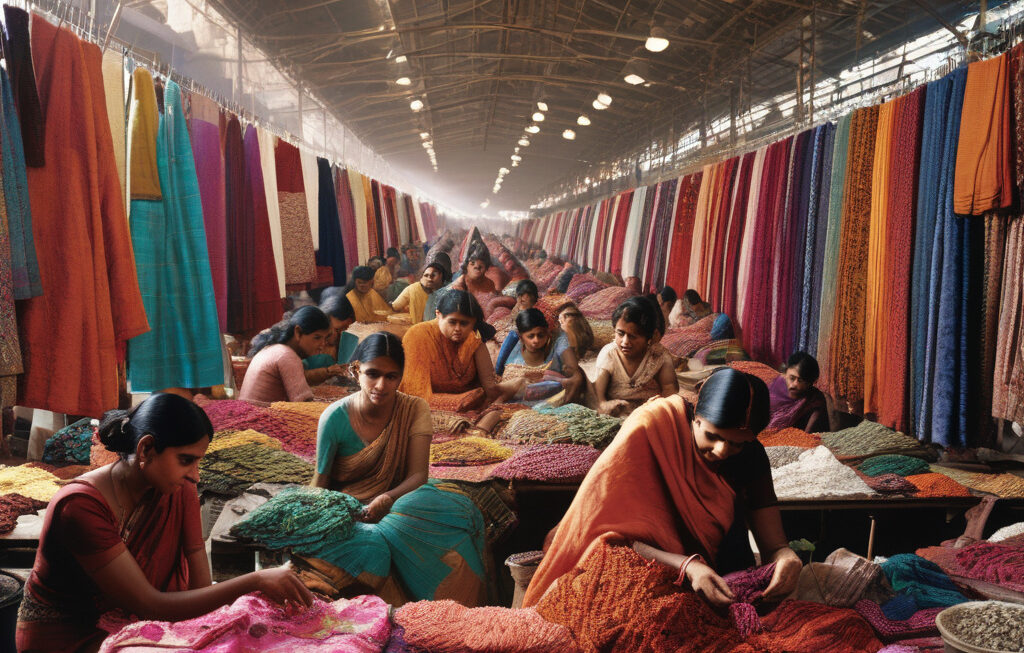Walmart Calls, But India’s Garment Worker Woes Blunt Tariff Edge
In the wake of the ongoing trade war sparked by the Trump administration, American retailers are seeking new avenues to navigate the turbulent waters of tariffs and trade tensions. One such beacon of hope for many has been India, a country with a rich textile heritage and a burgeoning manufacturing sector. With its skilled workforce and competitive pricing, India has emerged as a promising destination for American retailers looking to diversify their supply chains and reduce their dependence on China. However, despite the growing interest from international buyers, India’s garment industry is facing significant challenges that threaten to blunt its tariff edge.
The recent surge in inquiries from American retailers, including retail giant Walmart, underscores India’s potential as a key player in the global textile market. With its skilled labor force and abundance of raw materials, India has the necessary ingredients to become a manufacturing powerhouse. However, the reality on the ground tells a different story. Despite the increased interest from foreign buyers, Indian suppliers are struggling to capitalize on the opportunity due to a combination of factors, including a labor shortage and high production costs in key textile-producing regions.
One of the major roadblocks facing India’s garment industry is the shortage of skilled labor. While the country boasts a large workforce, the lack of specialized training programs and vocational education has resulted in a dearth of skilled workers in the textile sector. As a result, many manufacturers are unable to meet the quality and quantity standards required by international buyers, limiting their ability to compete on a global scale. Additionally, the high turnover rates within the industry further exacerbate the labor shortage, leading to production delays and cost overruns.
In addition to the labor shortage, Indian suppliers are also grappling with high production costs in key textile-producing regions. Rising wages, increasing overhead expenses, and fluctuating raw material prices have put pressure on manufacturers, squeezing their profit margins and eroding their competitiveness. Despite the government’s efforts to promote investment in the sector through incentives and subsidies, many suppliers are finding it increasingly challenging to sustain their operations and meet the demands of foreign buyers.
To address these challenges and unlock the full potential of India’s garment industry, stakeholders must come together to implement strategic solutions that promote sustainable growth and development. Investing in vocational training programs, upskilling the workforce, and modernizing production facilities are crucial steps that can help bridge the skills gap and improve productivity. Moreover, leveraging technology and innovation to streamline processes, reduce costs, and enhance quality control can further enhance the industry’s competitiveness on the global stage.
As American retailers continue to explore alternative sourcing options in the wake of the trade war, India stands at a crossroads. With the right investments, policies, and partnerships, the country has the opportunity to position itself as a preferred manufacturing hub for international buyers. However, addressing the underlying challenges facing the garment industry is essential to ensure long-term success and sustainability in an increasingly competitive market landscape.
As the world watches to see how India’s garment industry navigates these challenges and opportunities, one thing is clear – the path to success will require collaboration, innovation, and a steadfast commitment to overcoming obstacles. Only time will tell whether India can rise to the occasion and emerge as a global leader in the textile and apparel sector.
Walmart, India, GarmentWorkers, TextileIndustry, TradeWar












